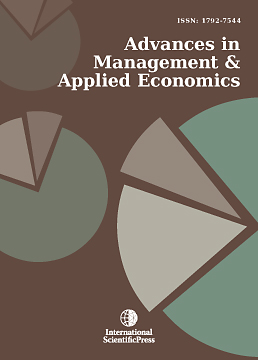Advances in Management and Applied Economics
Pollution Emission Intensity and Domestic Value-Added Rate of Firms' Exports: An Empirical Analysis Based on China’s Microdata
-
 [ Download ]
[ Download ]
- Times downloaded: 628
Abstract
With the development of global economic integration, global value chains (GVC) have become the mainstay of the global economy. China's low-end embedded model relying on its labor advantage can no longer bring new economic benefits, and the ensuing environmental problems are intensifying. Therefore, there is an urgent need to explore a win-win path for the greening of China's economy and the improvement of GVC status. Using micro-firm data, the article explores the role of pollution emission intensity of China's firms in influencing the domestic value-added rate of their exports. The study finds that (1) the increase of pollution emission intensity of Chinese enterprises has a significant inhibiting effect on their export domestic value-added rate; (2) the pollution emission intensity of Chinese enterprises under different regions, different ownership and different trading methods has differentiated effects on their export domestic value-added rate. Among them, the pollution emission intensity of state-owned enterprises, enterprises in western regions and processing trade enterprises have a more significant inhibitory effect on the domestic value-added rate of their exports; (3) the increase of total factor productivity of enterprises can slow down the negative effect of enterprise pollution emission intensity on the domestic value-added rate of its export.
Keywords: Enterprise Pollution Emission Intensity, Export Domestic Value-Added Rate, Global Value Chain Embeddedness.
